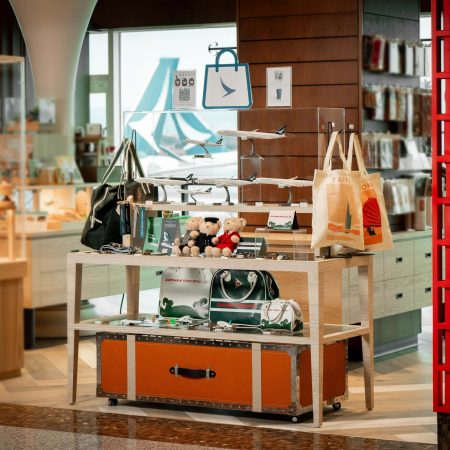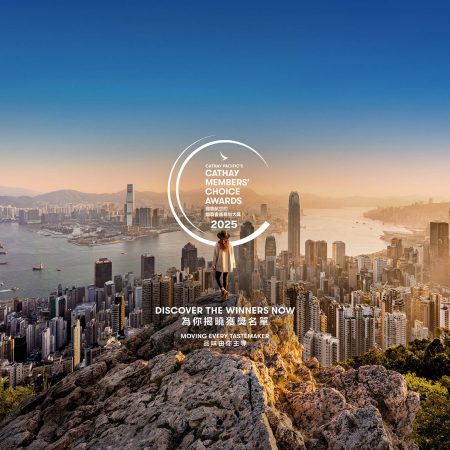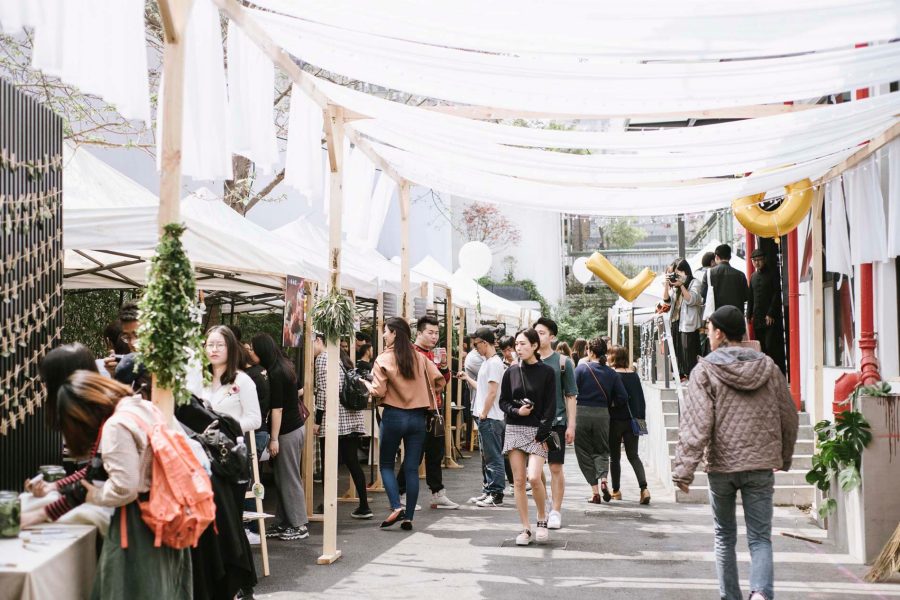During the last weekend of October 2018, Rising Stars Box, a sprawling office complex at the edge of Shanghai’s downtown, shook off its business air to take on a different form. It became The Uncommon Market, an outdoor fair hosting some 80 stalls of arty, indie wares and drawing a whole new set of visitors. There were the modern-day hippies sampling Mexican fare and the sophisticates socialising over inventive cocktails. Art and design students – recognisable by their artificial hair colours – checked out the market’s quirky jewellery, independent-label clothing and crafty workshops. The scene of fashionable people in an open space filled with live music recalled Old Spitalfields Market in London, or flea markets in New York’s Brooklyn. In fact, craft markets in Shanghai are becoming quite the fixture.
Market culture itself is nothing new in Shanghai. The antiques market on Dongtai Lu and the vintage clothing market on Anxi Lu were popular before being demolished last year. ‘Fake’ markets selling endless rows of fashion that imitate high-end brands have become a distinctive phenomenon of the city. But a new market scene has emerged in the past few years, spearheaded by young overseas-educated entrepreneurs who have experienced craft markets and fairs focused on independent makers.
One of them is Tiffany Wong, a designer and co-founder of Common Rare, an events organiser that created The Uncommon Market. She took her cues from Unique USA and Renegade Craft Fair , which she frequented while living in Los Angeles, to establish a new kind of creative hub in Shanghai.
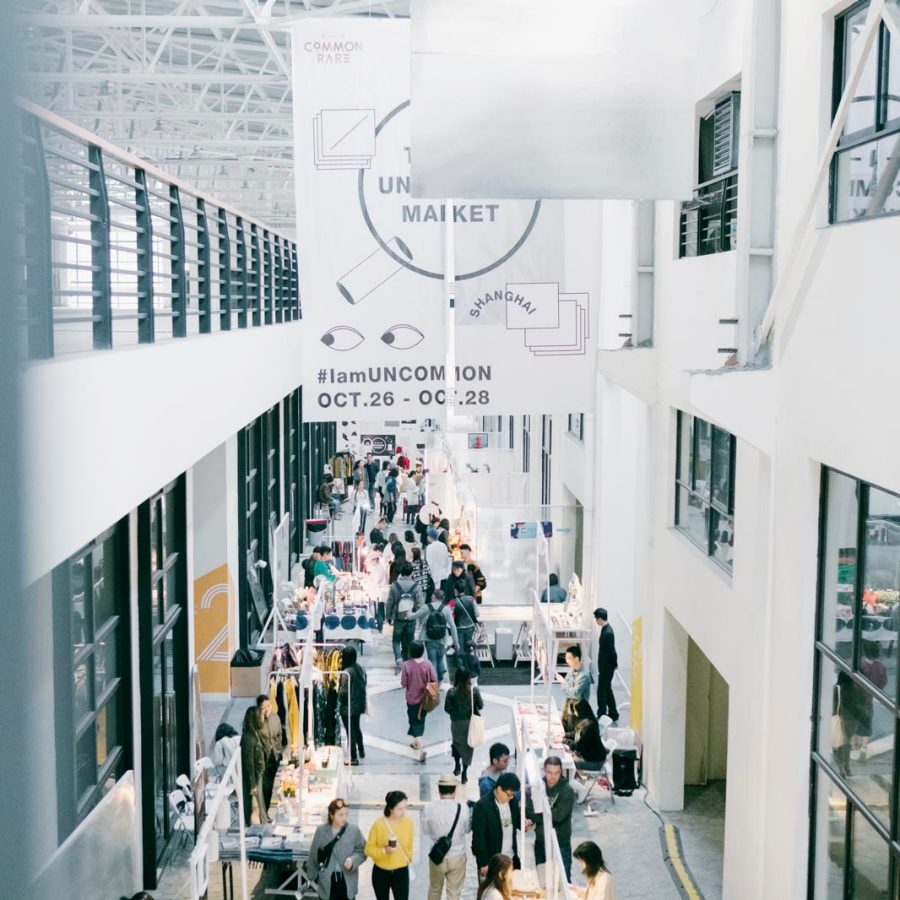
When Wong first returned, she was disappointed by the quality of products found in craft markets in Shanghai. ‘They were predominantly counterfeits and items bought from Taobao, and the settings had no creative vibe whatsoever,’ she says. ‘That spurred me on to bring an authentic market experience, offering a space where people can unwind and savour the small pleasures in life. The Uncommon Market strives to organise multifaceted events for visitors to explore and create their own lifestyle.’
Each edition of The Uncommon Market has a different theme and different activities. The setting, its entrance tickets and its pamphlets are all designed from scratch each time.
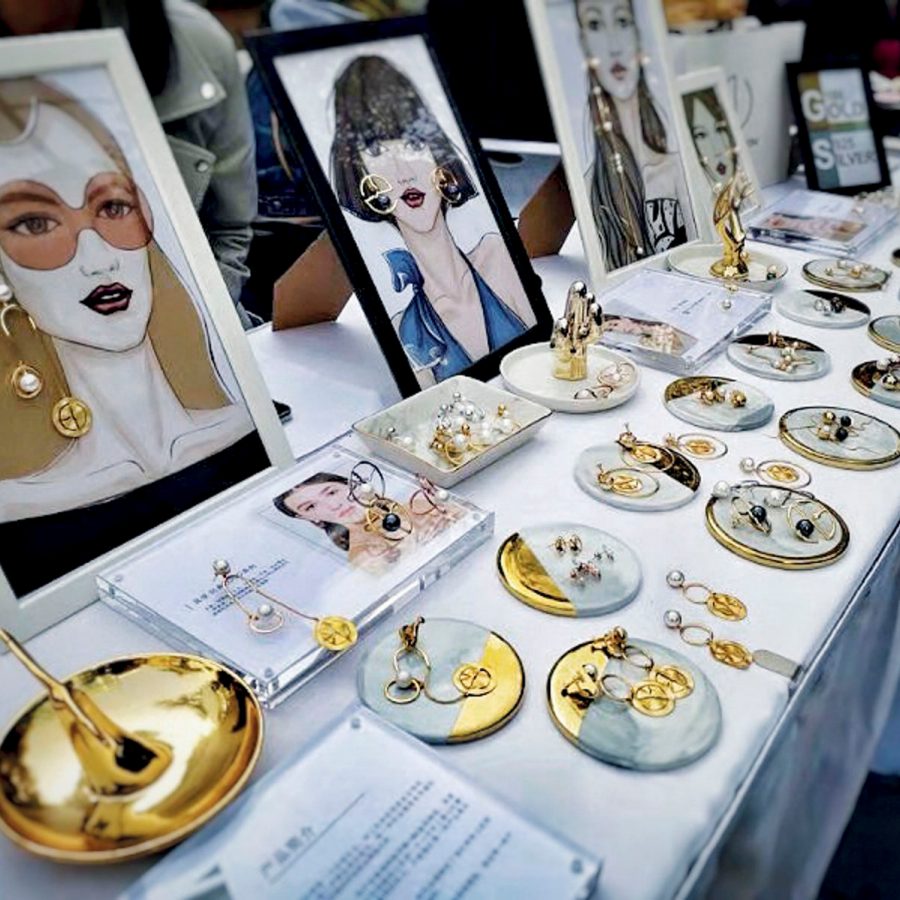
These details appeal to Angie Wu, who founded her own jewellery label AWÜ in 2015. ‘I’ve sold my brand’s products at more than 100 market events over two years, but they all began to look alike after a while – so I started to be more selective,’ she says. ‘I like the way The Uncommon Market emphasises original design, as well as the overall atmosphere.’
The Nautilus Fair has been another driving force behind the community market trend. Dedicated to start-up designer brands, it sets up markets while handling promotion, consignment and payment services. It’s an incubator of sorts for designers, with a network that stretches across the Chinese Mainland.
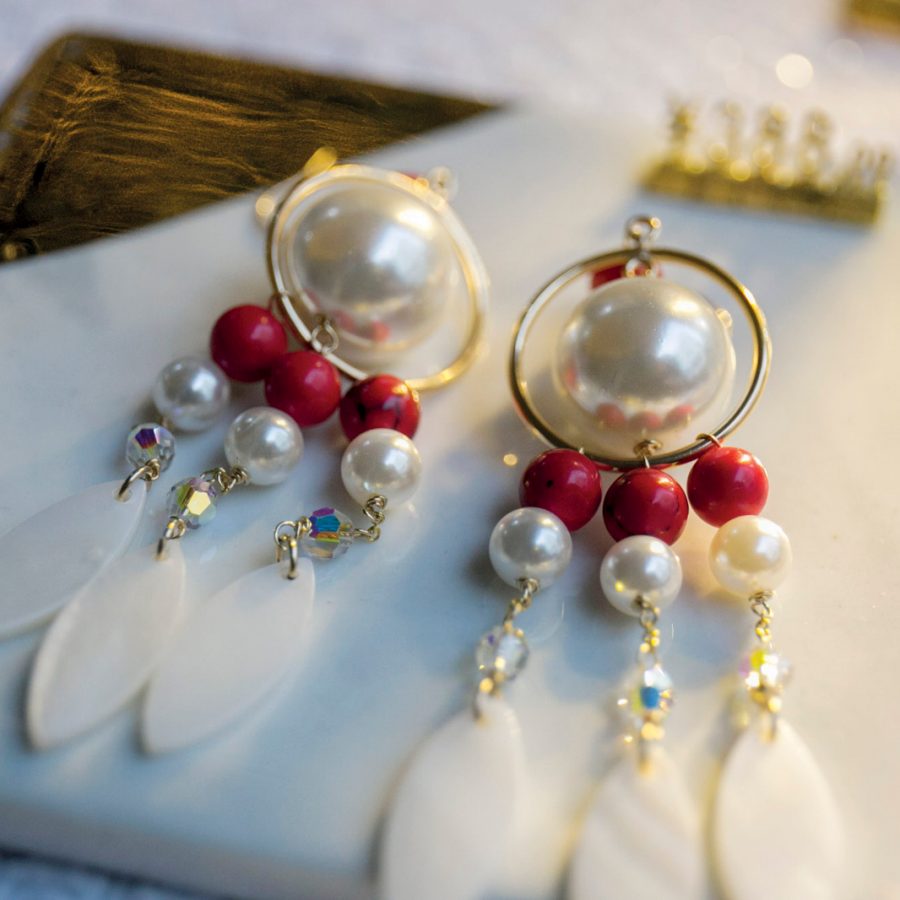
Credit: Jonathan Browning
‘In the past few years there’s been growing interest in original designs,’ says Zhang Junyu, an organiser for Nautilus Fair. ‘While shoppers are willing to spend more, they have also become more discerning when it comes to craft markets in Shanghai and indie brands. This has given us the challenge of rethinking our concept and growing. We want to constantly give new reasons for vendors and visitors to join us.’
Organisers are under pressure to attract shoppers, but this means flexing their creativity and entrepreneurial skills to offer diverse and competitive markets. ‘Setting up each market is challenging but fun, and I get to make friends with vendors,’ says Wong. ‘And it is always inspiring to work with different creative individuals on new campaigns.’
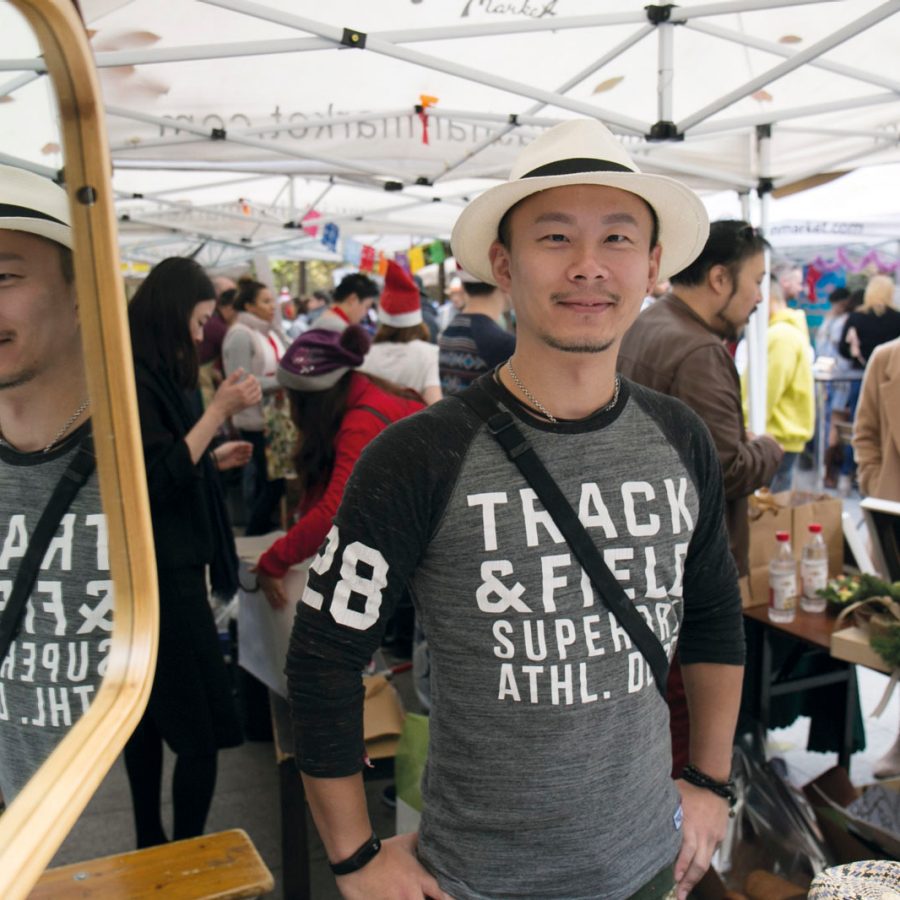
Credit: Jonathan Browning
Food is also an attraction. Jiashan Market is a farmers’ market that’s been around since 2012. ‘We support local enterprises who provide enticing and rare food, beverages and produce,’ says organiser and vendor David Henry. He says one danger that community markets face is, ironically, poor imitations of the concept: pop-up markets are appearing in shopping malls, where there’s plenty of foot traffic but the stalls are too expensive for indie brands to rent.
But for Henry, the rewards are more than monetary. ‘The most delightful and touching moments on a market day are when visitors delight in the products and services offered by our vendors,’ says Henry. ‘After all, everyone is working towards one goal: to make the market great.’
Shanghai’s top community markets
Cool markets are booming, but they’re not permanent events. Dates can be irregular, so check their websites and social media pages for the latest
Jiashan Market
A rare example of a community market organised by vendors, Jiashan Market is held on the first and the third Saturday of every month. It offers handicrafts and fresh produce, with live music performances.
Usual venue: No. 37, Lane 550, Shaanxi Road South, Xuhui district
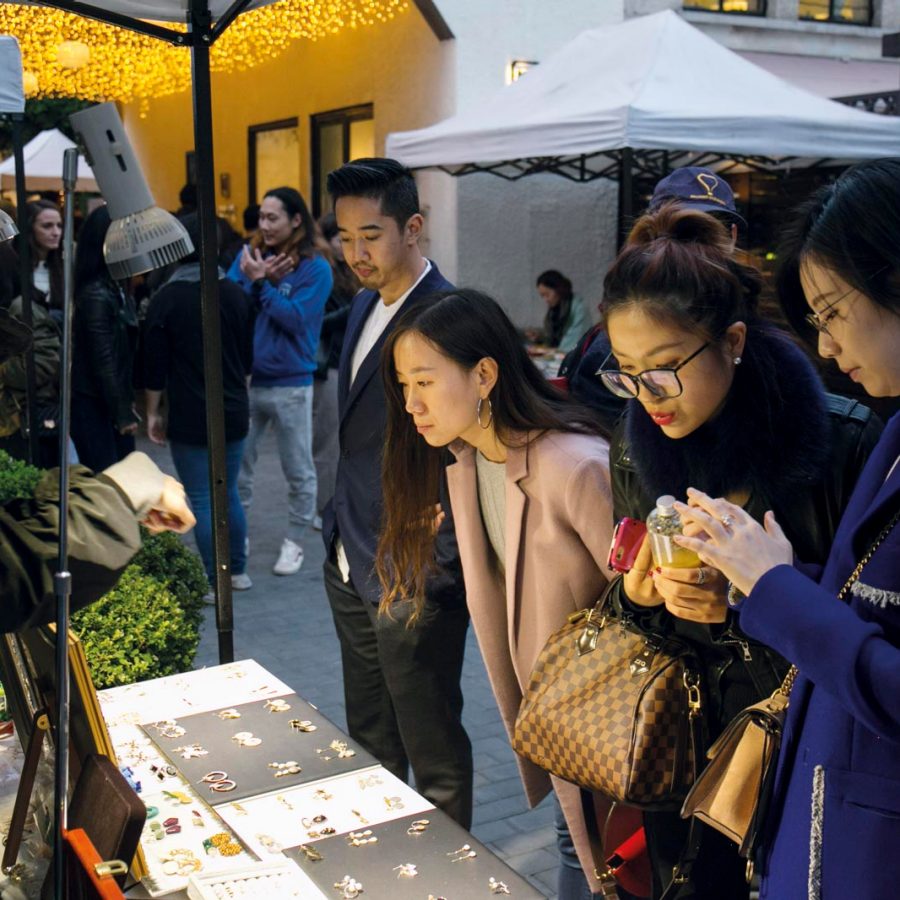
Credit: Jonathan Browning
Commune Market
With no fixed venue, this market dedicated to promoting local designers always offers a lively atmosphere with music, cocktails, good eats and a children’s area.
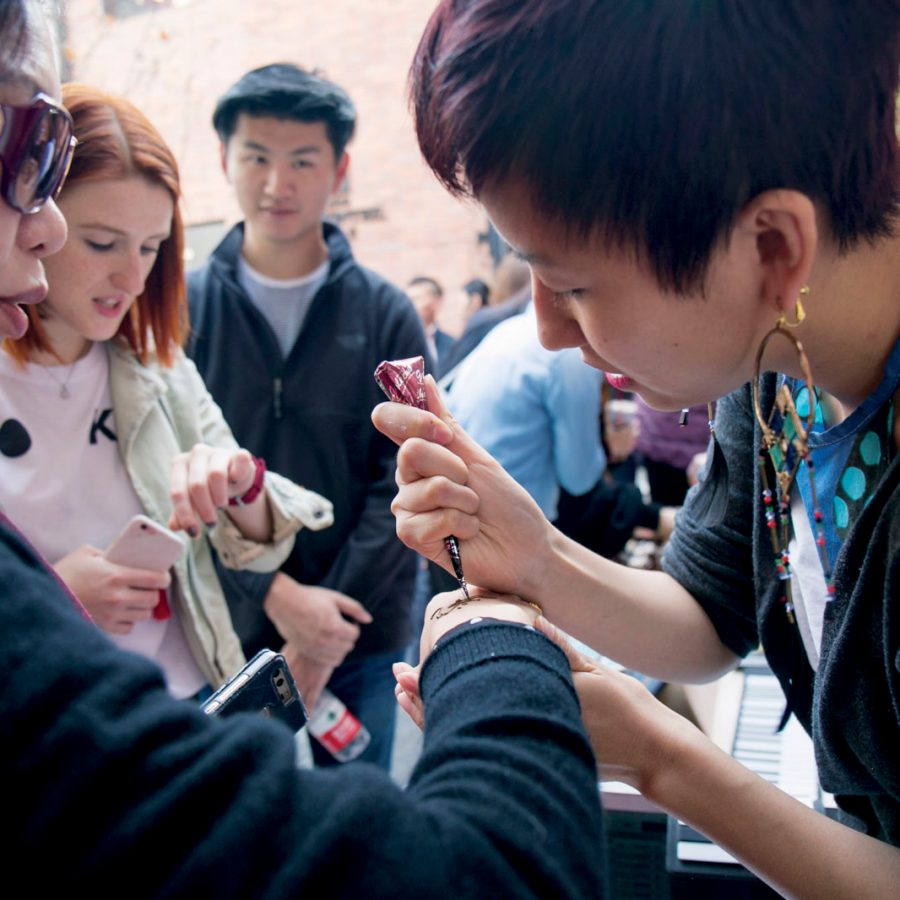
Credit: Jonathan Browning
The Uncommon Market
Despite having no fixed venue or schedule, The Uncommon Market has a stellar reputation thanks to its thoughtful themes and stylish setups. It hand-picks original brands spanning gourmet food, fine wines, travel, fitness, music and fashion.
Nautilus Fair
This roving market features cultural and creative products, vintage clothing, antiques and crafts by independent designers and artisans. It’s a wide-reaching operation, with events held in cities across China.
Hongyinguo Market
Wechat: 15900585559
This market pops up at Himalayas Art Center to showcase a comprehensive array of goodies ranging from handicrafts to souvenirs.
Usual venue: Himalayas Art Center, 1188 Fangdian Road, Pudong New Area
Shanghai travel information
- China – the Chinese Mainland, Hong Kong SAR, Macao SAR and Taiwan Region
- Hong Kong SAR - English
- Chinese Mainland (China) - English
- Taiwan, China - English
- 香港特別行政區 - 繁體中文
- 中国內地 - 简体中文
- 中國台灣 - 繁體中文
- Africa
- South Africa - English
- Asia
- Bangladesh - English
- Korea - English
- Singapore - English
- Cambodia - English
- 한국 - 한국어
- Sri Lanka - English
- India - English
- Malaysia - English
- Thailand - English
- Indonesia - English
- Maldives - English
- ประเทศไทย - ภาษาไทย
- Indonesia - Bahasa Indonesia
- Myanmar - English
- Vietnam - English
- Japan - English
- Nepal - English
- Việt Nam - tiếng Việt
- 日本 - 日本語
- Philippines - English
- Australasia
- Australia - English
- New Zealand - English

